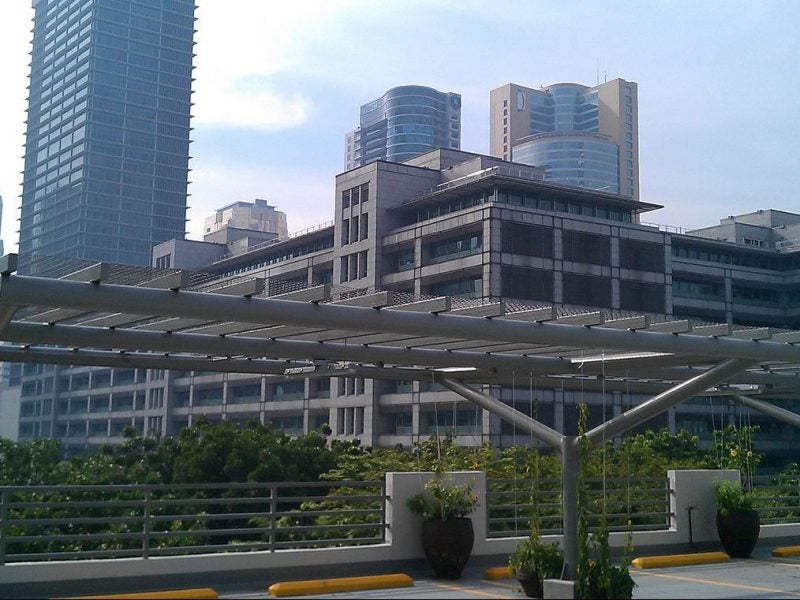
The Asian Development Bank (ADB) was founded in 1966 and its headquarters in Manilla, the Philippines. The bank was initially founded to tackle poverty in the region, but as the continent has become increasingly developed the bank now makes loans based on the potential for sustainable and low-carbon energy.
As an important bank in the region, how does the bank operate, how does it decide which investments are sound and what are its current and future plans? Yongping Zhai, chief of the energy sector and self-described ‘validator’ of projects at ADB explains all this and more.
Jack Unwin (JU): Would you be able to outline the philosophy of ADB?
Yongping Zhai (YZ): ADB has been established for 52 years and our mandate is to support economic and social development in Asia. From the point of view of energy we would like to help secure affordable and sustainable energy to support economic growth in the region.
ADB’s role was initially working to tackle absolute poverty in the region but now as the countries have become more developed our support is based on new technologies so that a country can benefit from high level technology that is low-carbon and more efficient. My role and ADB’s is very much putting emphasis on new technologies and business models.
We have also set up in expert pool where we hire experts from industry that come to ADB for 3 years, bringing their knowledge. Currently in my sector we have a smart grids expert, an expert on microgrids, carbon capture, storage, and hydrogen.
ADB is also reforming its procurement process as we are not just looking at the lowest cost of the bidding but looking at life-cycle cost to encourage higher level technologies.
JU: Has the bank always invested in energy projects or is this recent?
YZ: Energy has been a core part of our operations from the beginning. In terms of our overall lending operations, the share the energy sector plays varies, but right now it is about 20-25% of individual lending. In absolute terms, it’s between $4-$5bn a year.
Of the $4-$5bn each year, about 40-50% of this investment is divided between 20 to 30 projects, and another 40% is distribution and transmission.
We have renewable energy projects such as solar, wind, hydro and we have energy efficiency projects in any sector, along with and a little bit of natural gas, whether it be transmission, distribution of gas to a pipeline or gas fired power plant.
JU: Would you say you mostly invest in renewables now?
YZ: I would say it works out as 20% renewable energy, 40% transmission and distribution, 20% energy efficiency, maybe 10% natural gas and then others.

JU: What about coal or nuclear projects?
YZ: The last time we approved a coal project was in Pakistan in 2013, it was a super-critical coal fired power plant that was very efficient, but since then we haven’t funded any coal-fired power plants and we don’t work on nuclear projects due to the bank’s policies.
JU: You describe yourself as a ‘validator’ of projects, would you be able to explain the process of validating projects?
YZ: I first ask a series of standard questions. I ask how this project will contribute to energy access in the region and how many people will be connected. The second question is if this project can contribute to reducing greenhouse gas emissions, and I will also ask if the project will help the country with its commitment to the Paris Climate agreement.
I also ask if the project will deploy new and advanced technologies, which would be low-carbon and would help to achieve high level growth. I look at whether this technology comes with a valid business model, because when you have a technology you have to make sure that it is valuable and can generate enough income for the project.
JU: When it agrees to fund a project, do you take a part ownership of that project or is it simply paid back as a loan?
YZ: We have two ways of lending. Currently about 70% of our lending is to governments and government owned agencies. In that case we just lend, provide funding to support project construction, but we don’t own any of it. Then the government or borrower repays us within the terms, whether it be 15 or 20 years. So there’s no relationship in terms of asset ownership.
Then there is 30% is private sector lending. Most of that is not based on asset ownership but we sometimes provide equity contributions. In this case we become a small shareholder in the company, but we usually exit within seven years.
JU: You recently signed an agreement with the United States Agency for International Development (USAID), would you be able to discuss that more?
YZ: USAID is among many other development institutions that we work with. We agreed to channel our firms in parallel to support clean energy projects in Asia.
We work with other agencies as well. Last week we also signed a memorandum of understanding with the Korean Energy Agency, so they also support us. These are some examples of how ADB works with other development groups.
JU: Are you able to share any projects you’re currently working on?
YZ: There are many, we are active in China, India, Bangladesh, Pakistan and Indonesia, we have projects right now in all these countries.
One example is a transmission line in Afghanistan, to provide for people in the country and link up with its neighbours as part of the regional power trade.



